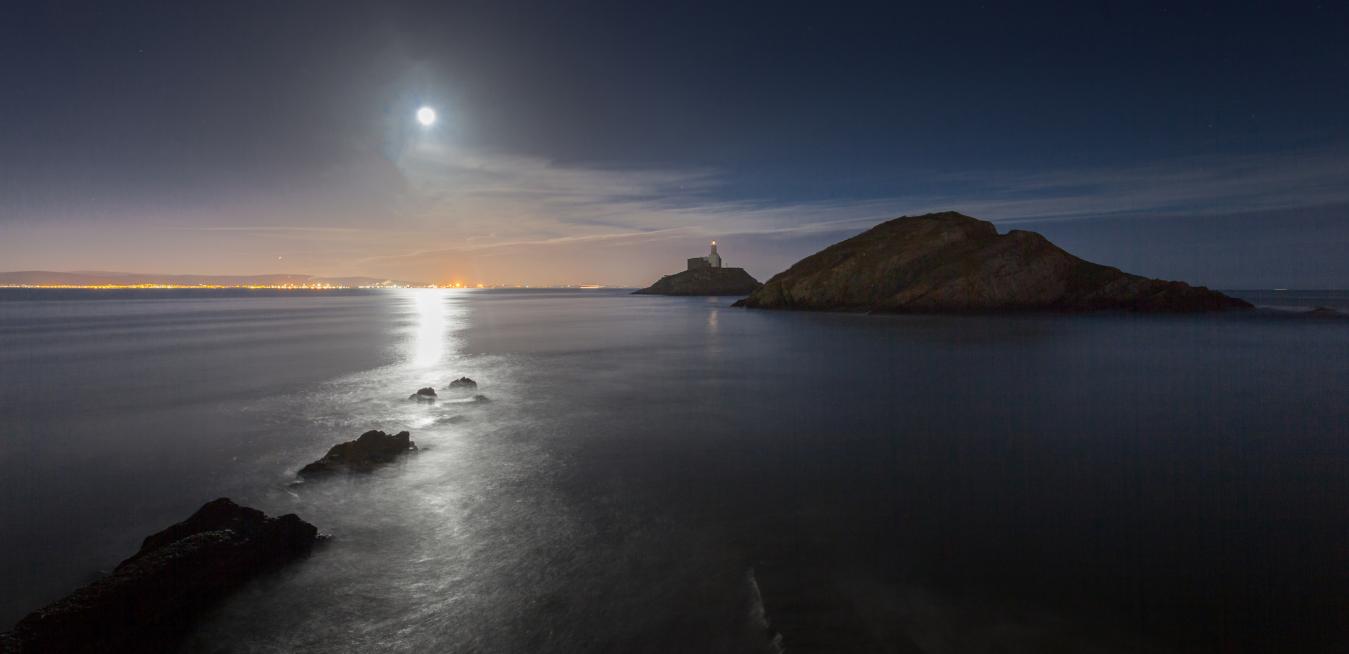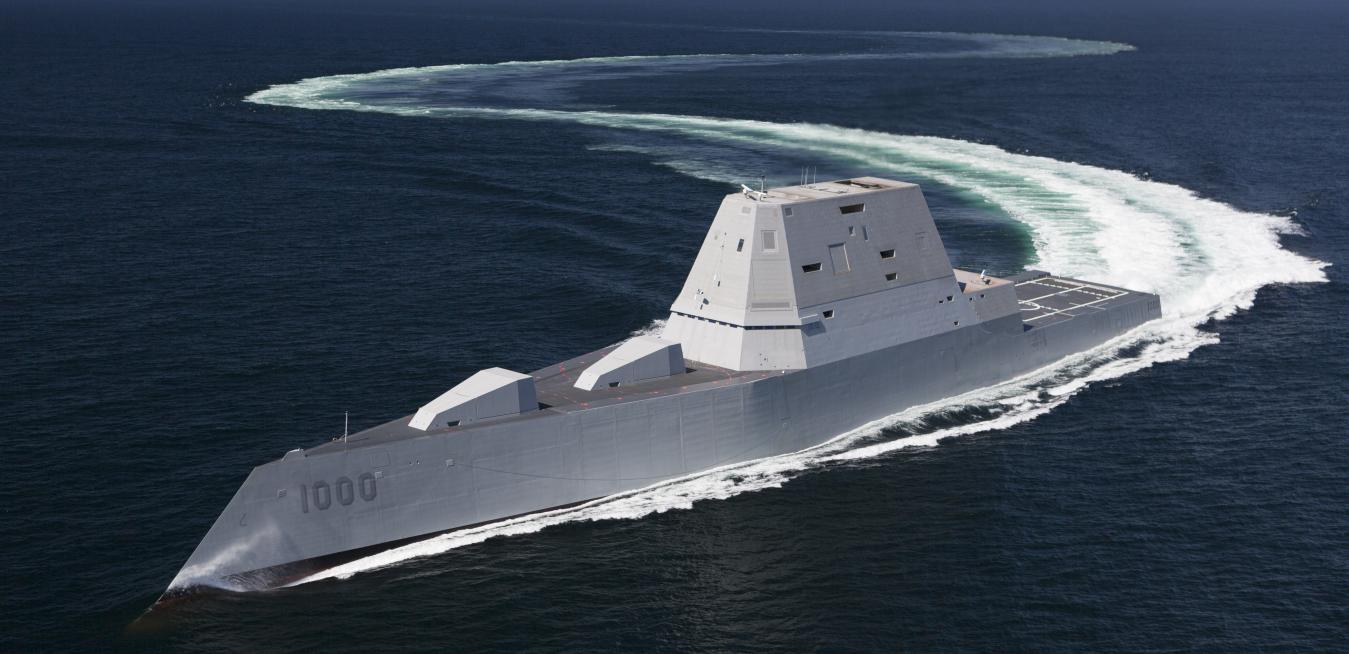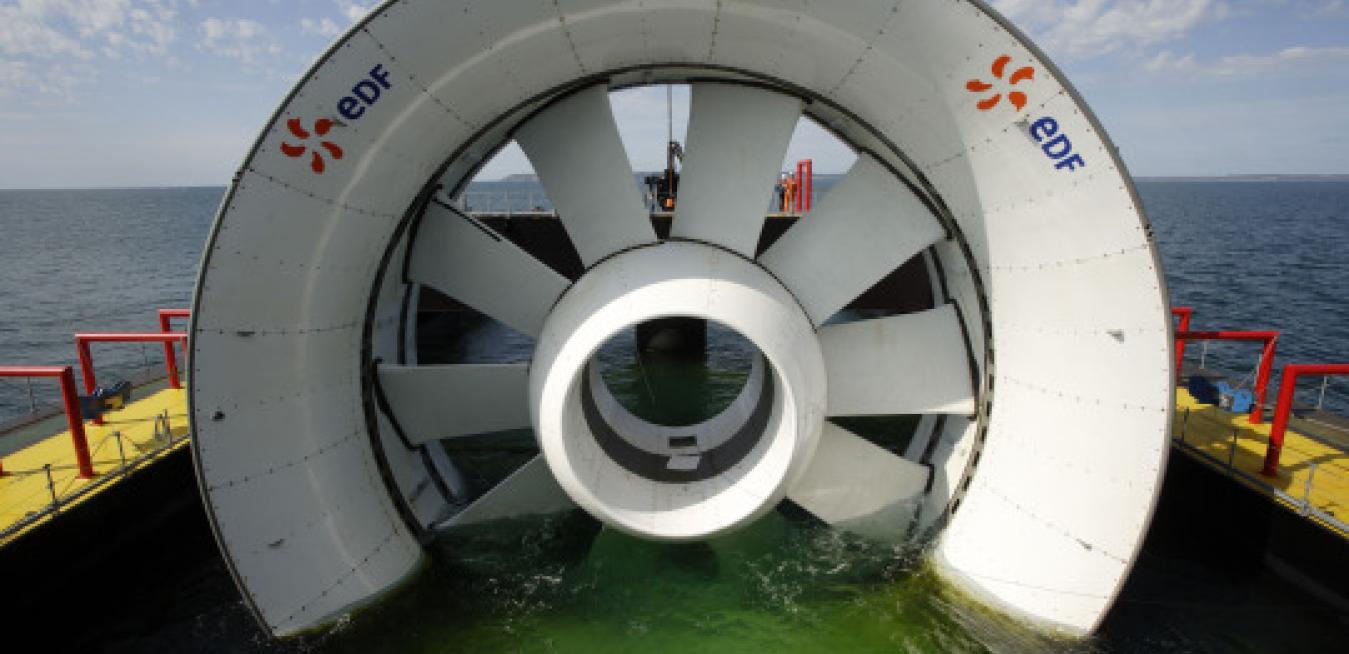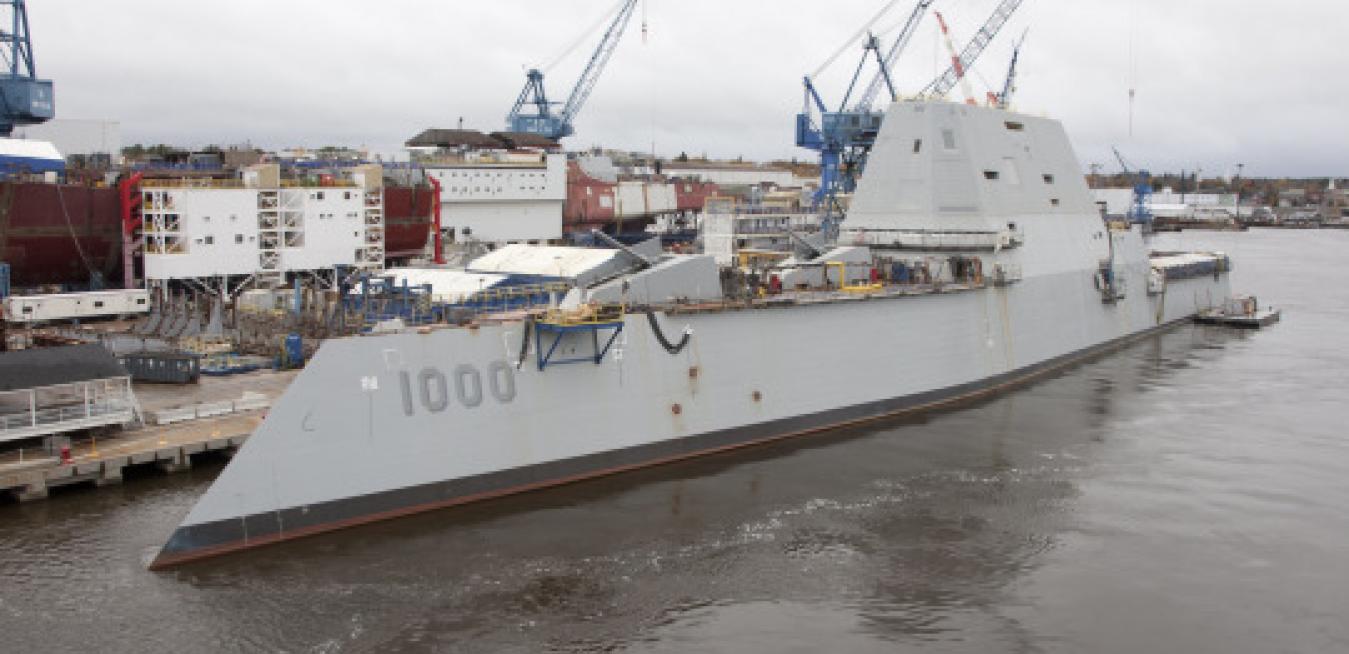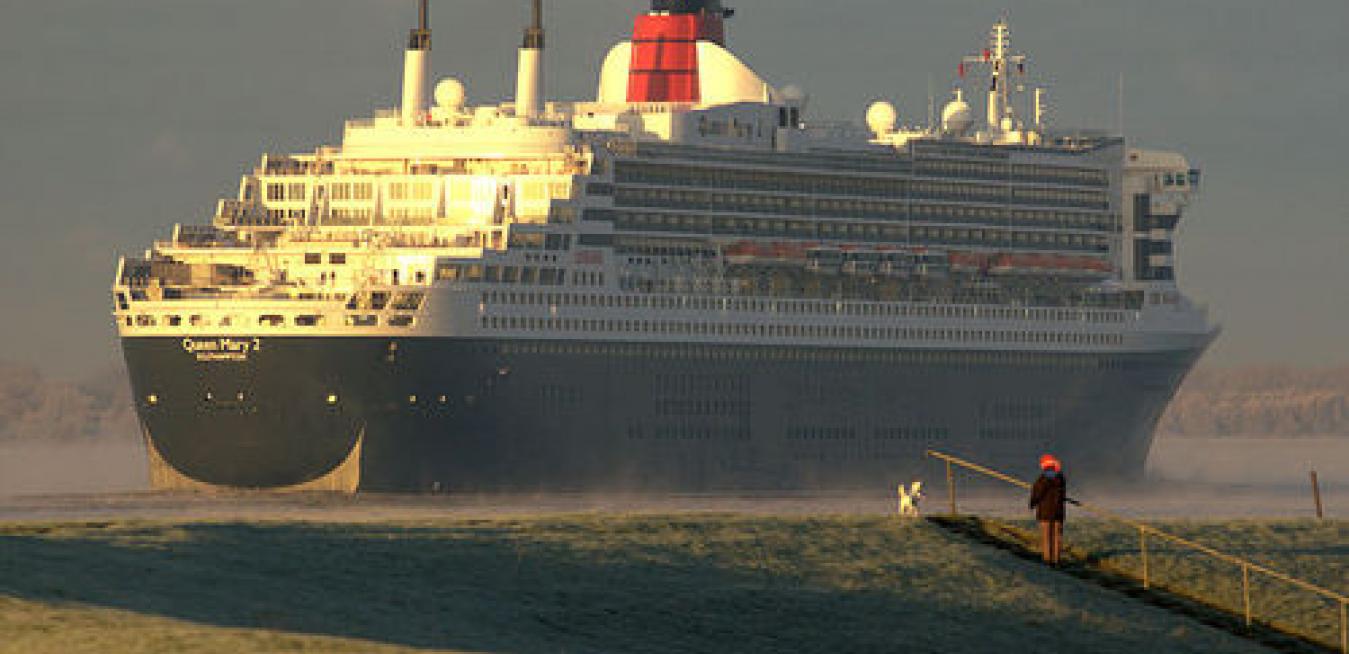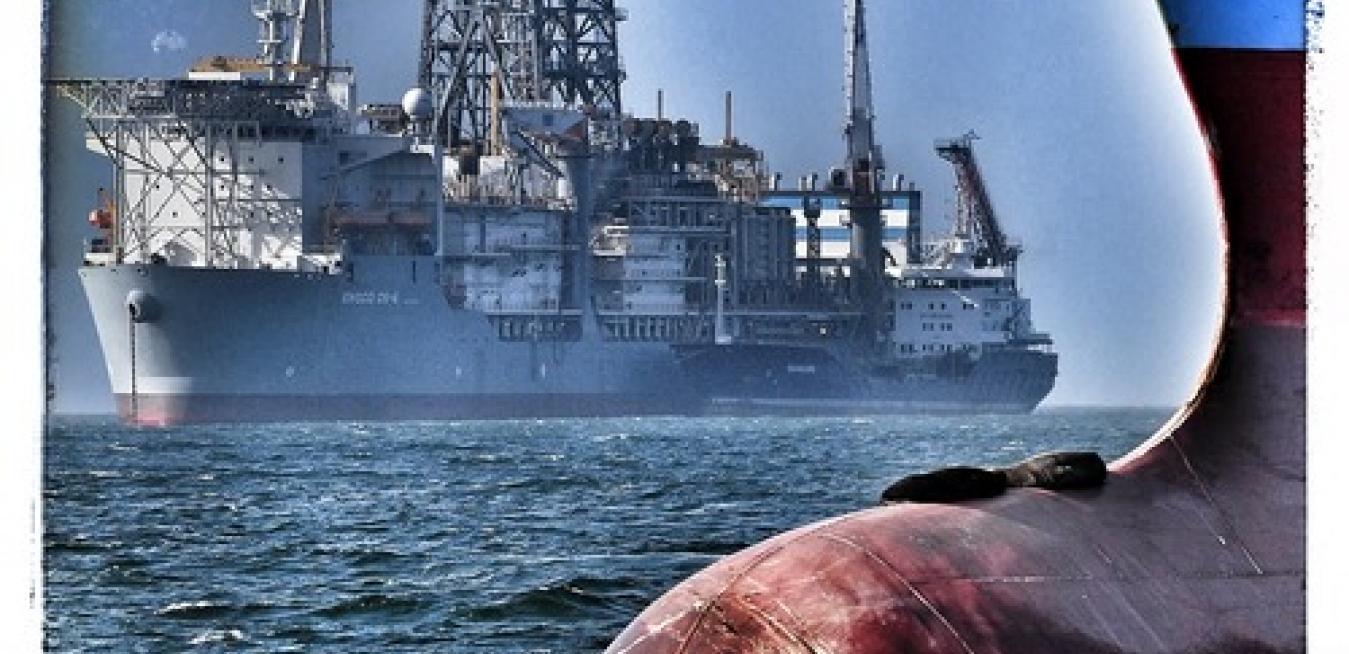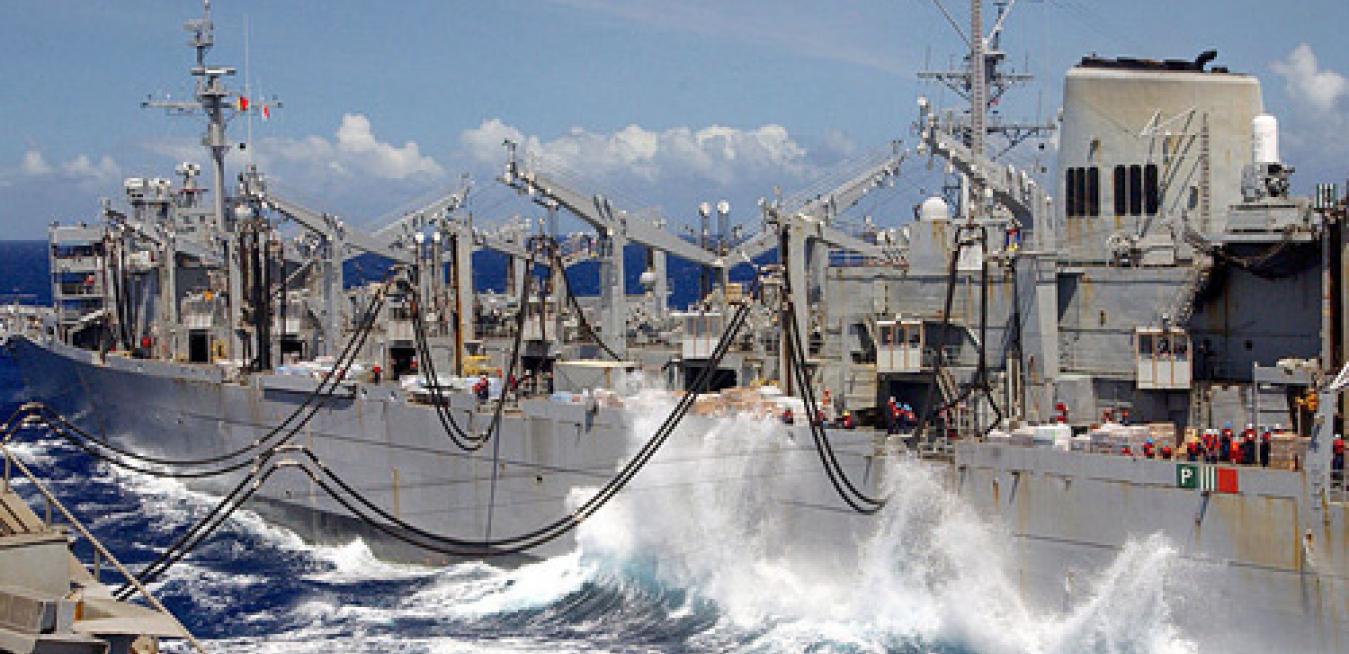- Caps successful completion of five-year project through the U.S.
For media inquiries, please contact:
Todd Alhart
Director, Innovation Communications
GE Aerospace
+1 518 338 5880
[email protected]
business unit
tags
The U.S. Navy has commissioned for service the USS Zumwalt, its largest and most advanced stealth destroyer. The ceremony took place in Baltimore on Saturday.
Named after the late Adm. Elmo “Bud” Zumwalt Jr., the 610-foot-long, all-electric "multi-mission" ship was built at General Dynamics Bath Iron Works in Maine. The Navy estimates the 15,600-ton vessel can hit a target at a range of more than 60 miles. It also has a wave-piercing tumblehome design and a unique superstructure that make it less visible to enemy radar at sea.
In the past, ships used most of their installed power for propulsion, with the engines and propellers directly connected through large and complex gearboxes. But the all-electric Zumwalt vessels will come equipped with so-called “integrated power systems (IPS),“ designed to route electricity around the ship in an instant, eliminating mechanical gearboxes and allowing the power to be used for both propulsion and other electrical systems – including powerful new weapons.
One of the many characters in Melville’s Moby Dick is Bulkington, an intrepid sailor for whom “land seemed scorching to his feet” and who on a “shivering winter’s night” thrust the mighty ship Pequod’s “vindictive bows into the cold malicious waves,” as it set out on its fatal whale hunting expedition.
Categories
A storm is brewing 200 miles off the coast of Brazil in the foamy swell and chop of the Atlantic Ocean. The sea in the Santos Basin is dark—and miles deep. It’s tough drilling for the rig workers who live out here. But today, they’re battening down the hatches and hoping their promised supplies arrive before the tempest.
They’re in luck. Both their supply vessel and drill ship are fitted with GE’s dynamic positioning (DP) technology. It allows their captains to plot an almost inch-perfect course through rough seas, until their hulls bob next to one another like two mallards.





